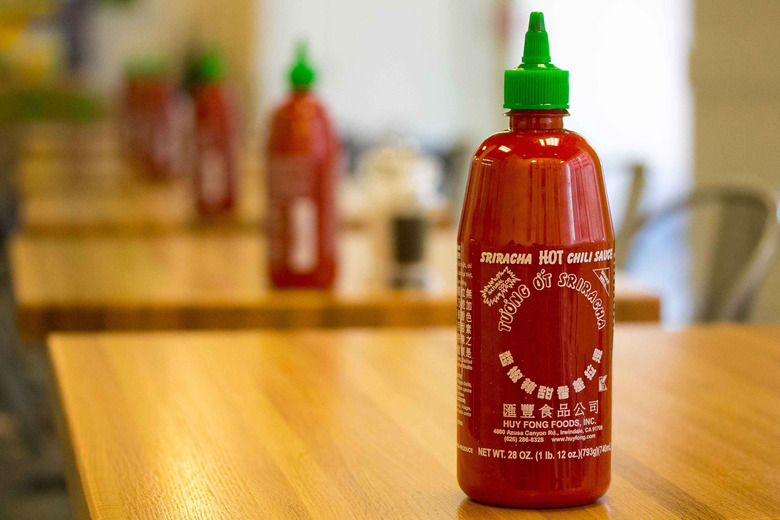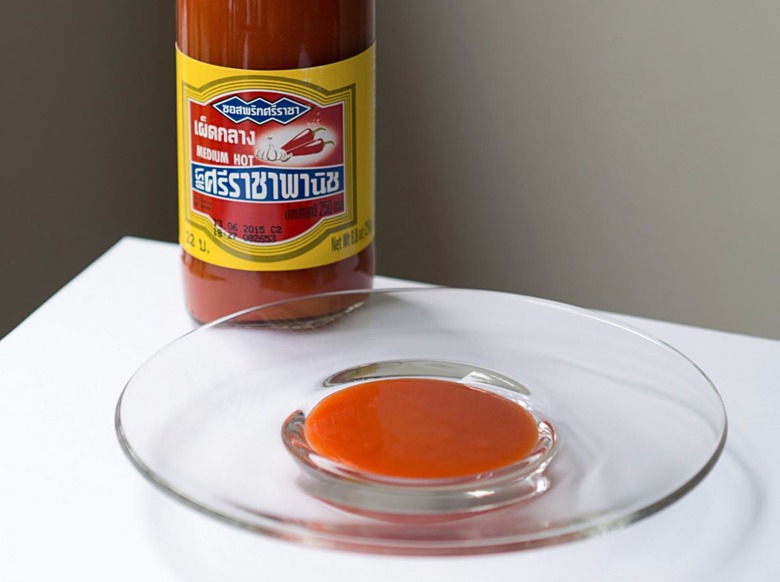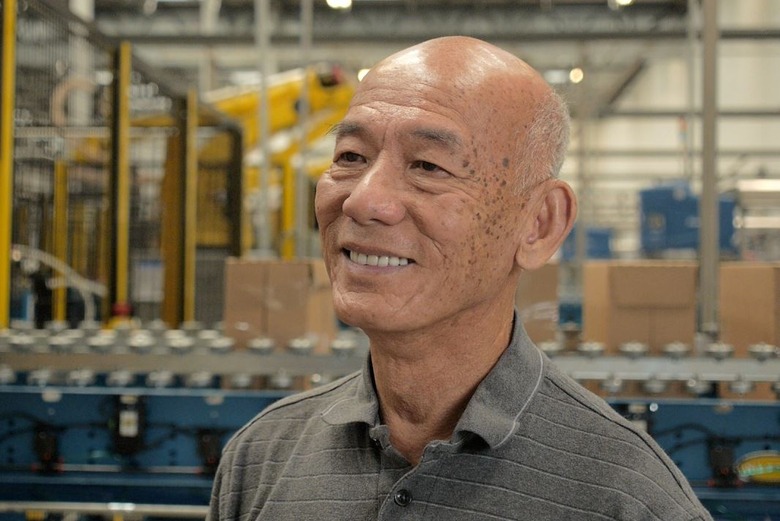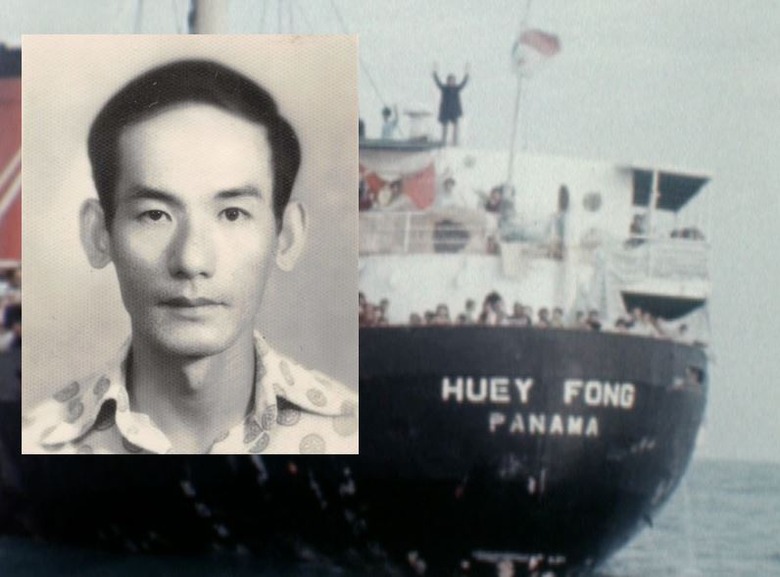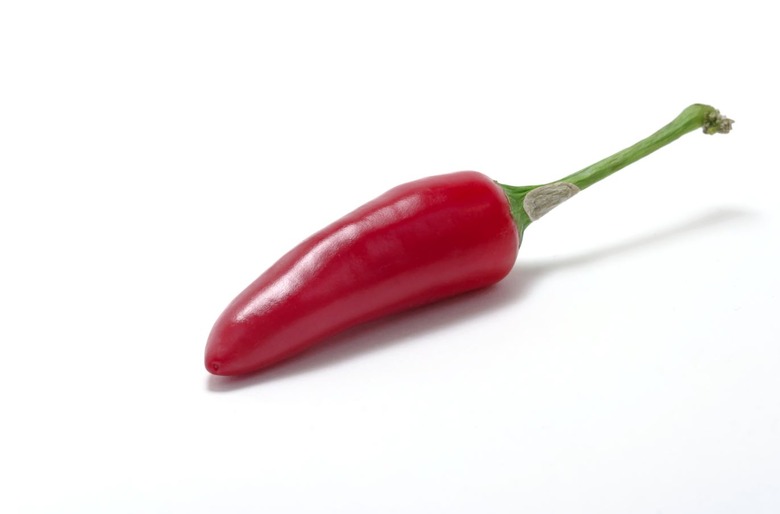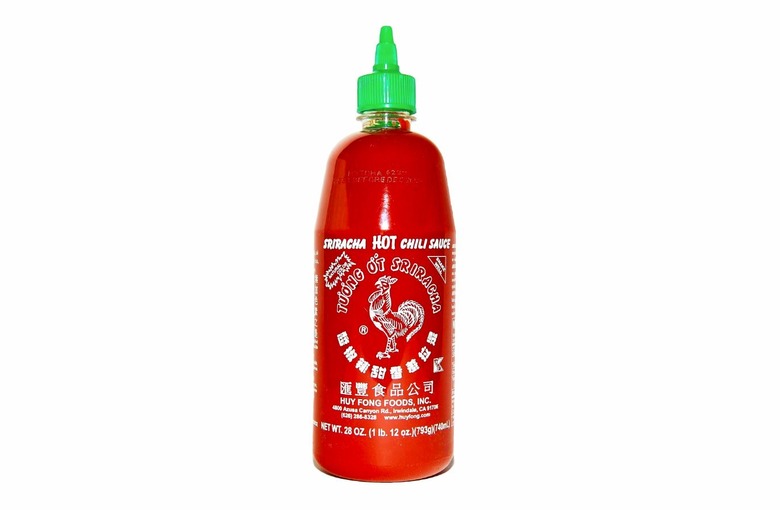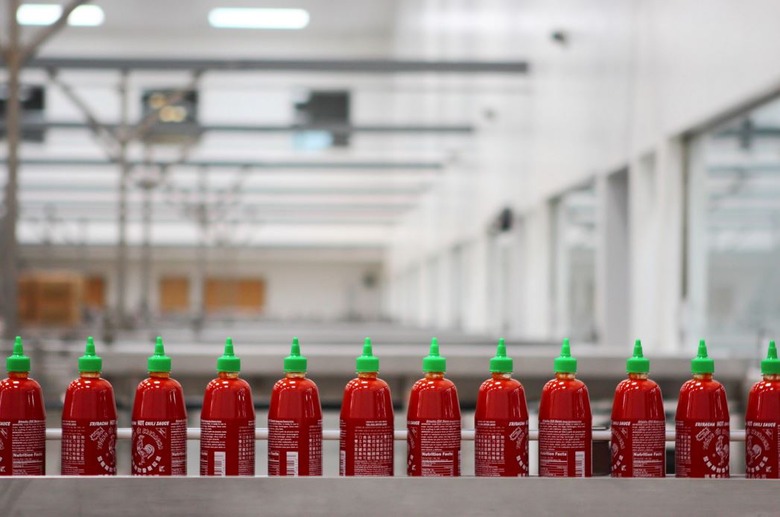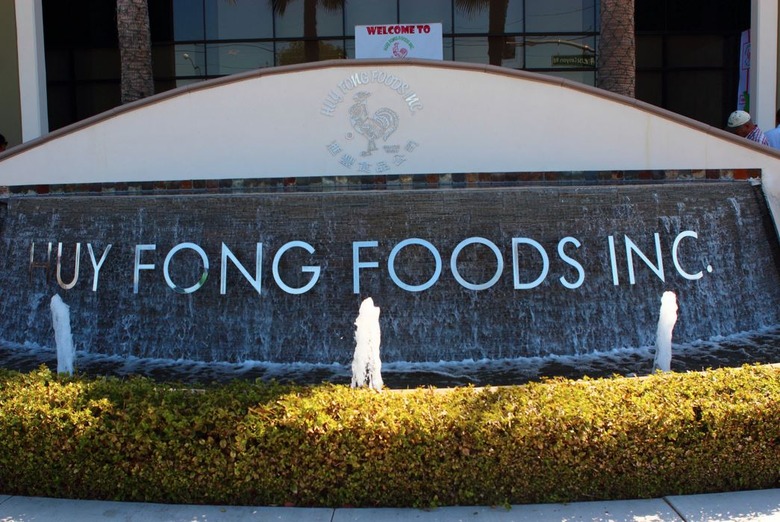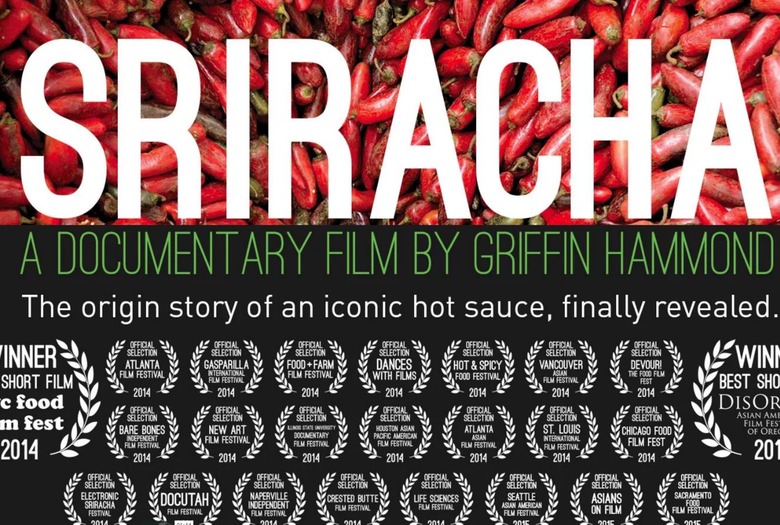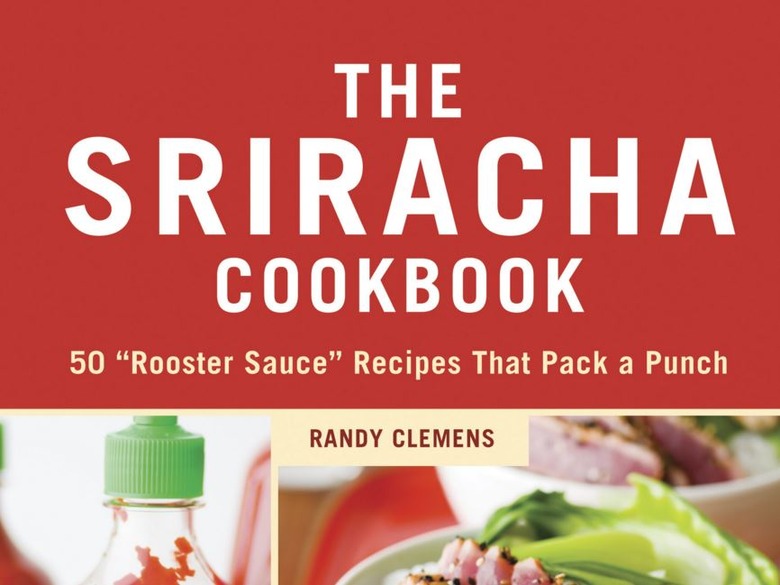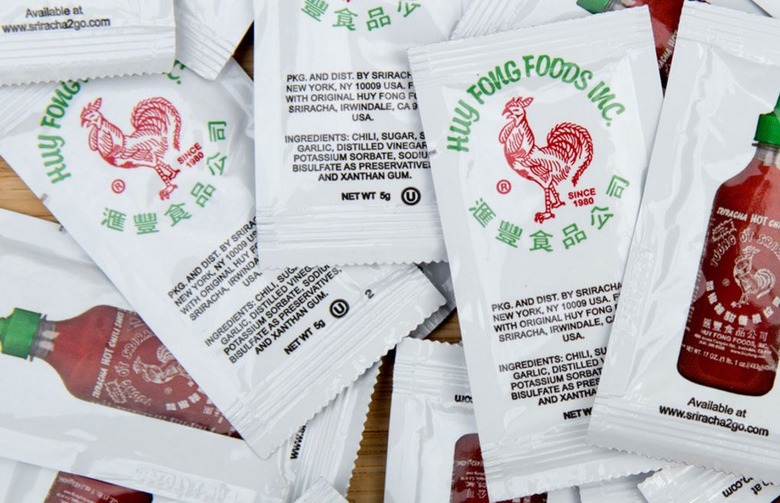11 Things You Didn't Know About Sriracha
We may receive a commission on purchases made from links.
By now, you've probably tasted sriracha. What started as a simple Thai condiment has since exploded into a worldwide phenomenon, and the only way to have not tried it by now is to have actively avoided it. A thing of cultish devotion, some people never leave home without some handy. But even if you never encounter a food you don't deem sriracha-worthy, we bet there's a lot you didn't know about this now-legendary condiment.
It’s Named After a City in Thailand
Si Racha is a small coastal city in the Chonburi Province of eastern Thailand, where the sauce may have first been produced.
It Has Different Uses in Thailand and Vietnam
In Thailand, sriracha is tangier and thinner than its Vietnamese (and American) counterparts, and is primarily used as a dipping sauce for seafood. In Vietnam, it's thicker and more garlicky, and is used as more of an all-purpose condiment for everything from pho to spring rolls.
David Tran Is Largely Responsible for Its American Success
Sriracha was still relatively unknown in the U.S. when Vietnamese entrepreneur David Tran founded Huy Fong Foods in 1980. Over the next three decades the sauce grew in popularity from cult favorite to certified fad as production and distribution steadily increased, and now it's gone mainstream.
Huy Fong Got Its Name From a Surprising Source
Tran started making sriracha in 1975 in Vietnam, but because he was an ethnic Chinese, Vietnamese authorities cracked down on his family, forcing him to flee to Hong Kong with 3,000 other refugees on a Taiwanese freighter in 1979. The name of the freighter was Huey Fong, and Tran modified the name when he founded his company in California the following year.
It’s Made With Jalapeños, But Isn’t as Spicy as Eating One
The chile pepper used in Huy Fong sriracha is the red jalapeño, but don't think that eating the sauce carries the same heat intensity as popping a jalapeño into your mouth. The pepper loses a lot of its heat during the manufacturing process, so the sauce is only about as spicy as a banana pepper.
It’s Called Rooster Sauce for a Reason
Some people call sriracha "rooster sauce" because of the rooster on the Huy Fong label. It's there because Tran was born in 1945, the Chinese Year of the Rooster.
An Insane Amount of It Is Produced
An insane amount of sriracha is made at Huy Fong's California factory on a daily basis: 3,000 bottles an hour, around the clock, equaling about 200 tons every week. About 20 million bottles of the stuff are produced annually.
Click here for 11 World Famous Food Factories Worth Visiting.
Huy Fong Was Nearly Sued Because of a Factory Odor
In 2013, residents of Irwindale, Calif., where the Huy Fong factory is located, began complaining of heartburn, headaches, and watery eyes due to a spicy odor emanating from the plant, and threatening to sue. It dragged on for nine months before the Irwindale City Council decided to drop it. Today the factory remains something of a tourist attraction.
There’s a Sriracha Documentary
2013 was the peak of the sriracha craze, and it was during that year that a 30-minute documentary about sriracha was crowdsourced and produced by filmmaker Griffin Hammond. The film, which tells the story behind the sauce, went on to win awards at a handful of film festivals, and you can stream it online for $2.99.
Entire Cookbooks Are Devoted to It
Sriracha-centric cookbooks include The Sriracha Cookbook and The Veggie-Lover's Sriracha Cookbook.
It’s Available in Packets and Clip-On Containers
If you're always on the lookout for the next opportunity to squirt sriracha on something but don't want to carry a whole bottle around with you, a company called Sriracha2Go has partnered with Huy Fong to offer smaller-format sriracha bottles and little packets.
